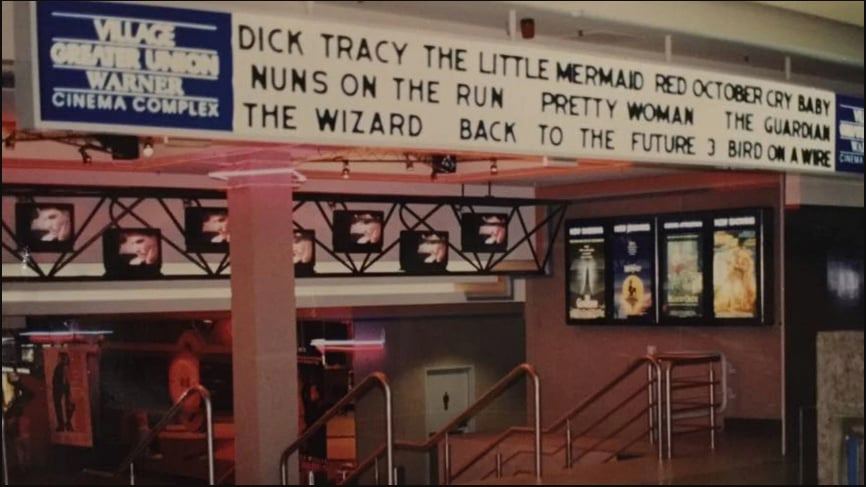-
‘MELANCHOLIA’ (2011): A FILM BY LARS VON TRIER
November 15, 2012
 Essays on Film
Essays on Film -
When Danish Writer/Director Lars von Trier releases a new film, it is often marred by controversy – both for what transpires on the screen and off it.
When Anti-Christ premiered at the 2009 Cannes Film Festival, it divided critics and audiences with its explicit and graphic depictions of violence, misogyny and genital mutilation (including a grisly scene of a clitoris being sliced off with a rusty pair of sewing scissors). When a journalist, at a press conference for the film, demanded that von Trier justify why he made the movie, the director infamously retorted: ‘I think it’s a very strange question that I have to excuse myself, I don’t feel that. You know, you are all my guests it’s not the other way around, that is how I feel. It’s the hand of God, I’m afraid. And I am the best director in the world’. Fast forward to the 2011 Cannes festival, where von Trier fuelled fresh controversy and received unanimous condemnation for (jokingly) declaring himself a Nazi and expressing his understanding and sympathy for Adolf Hitler – a gesture that saw him expelled from the competition and labelled, by the jury, as persona non grata.
There is, it appears, no middle ground with von Trier: he is a man of extremes – in terms of both his dark, impertinent sense of humour and his idiosyncratic and strategically unorthodox approach to film-making. His latest feature, Melancholia, continues his insatiable fascination with emotionally vulnerable, calamity-prone, damsels-in-distress that has characterised previous films such as Breaking the Waves (1996), Dancer in the Dark (2000) and Dogville (2003). Here, the afflicted femmes in question are two sisters, Justine (Kirsten Dunst) and Claire (Charlotte Gainsbourg), who succumb to depression and anxiety when key events in their lives coincide with the approach of a renegade planet named Melancholia.
Von Trier is infamous for twisting and reshaping genres with gleeful relish, and Melancholia marks the seductive fusion of the disaster film with the psychological drama. The cynicism, dread and pervasive gloom that permeated Dogville and Anti-Christ assume cosmic and interplanetary proportions in Melancholia.
And it is alluring, entrancing and hypnotic to watch. Melancholia hooks you in from the start with its haunting opening sequence of surreal and apocalyptic imagery, photographed in super slow-motion and set against a stirring, orchestral score. Von Trier’s sensibility, here, is nourished by his knowledge and admiration of art history. The blue-tinged, eerily-lit night scenes in Melancholia recall the nocturnal imagery of Paula Rego and there are also visual references in the film to the paintings of Pieter Breugel, Wasily Kandinsky and Kasmir Malevich.
Kirsten Dunst is resplendent as the increasingly morose and deflated Justine, a role that she commands with an unprecedented level of maturity, subtlety and complexity (and for which she deservedly received the coveted Best Actress accolade at this year’s Cannes festival).
There are many disaster movies that explore the vulnerability, frailty and despair of individuals who are faced with the end of times. Where many offer a lingering light of hope at the bottom of Pandora’s apocalyptic box, Melancholia offers a slow, insidious and accumulative exploration of the spectrum of human emotions: from initial curiosity and nervous fascination, to mounting anxiety, dread and rage, culminating in hopeless resignation and tearful acceptance. When planets inevitably collide, there is nowhere left to run or hide.
Is the popularity of disaster movies attributable to the current global financial and ecological crises? Or is it perhaps indicative of a pervasive, collective fascination with impending, wide-scale annihilation? Or maybe it is symptomatic of PMT (Post-Millennium Tension)? Who knows? Whatever the reason, it’s enough to make some people feel a little melancholy.
– Dr. Varga Hosseini



